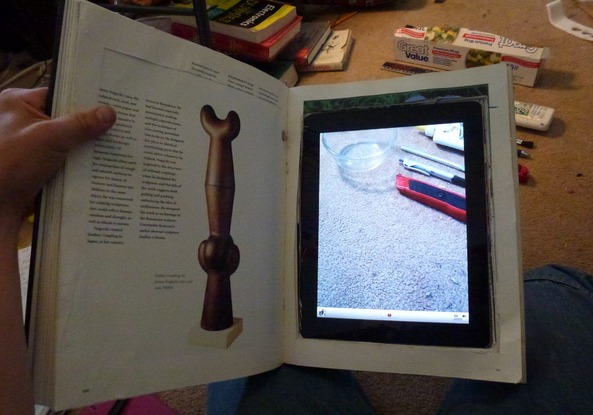Stake out a location
Choose and stake out a safe outdoor observation area using string, tent pegs, a compass, and notebook; measure boundaries and record wildlife or weather observations.



Step-by-step guide to stake out a safe outdoor observation area
Your Complete Guide to Designing a Safe and Fun Play Area
Step 1
Pick a flat safe outdoor spot where you want to watch nature.
Step 2
Use your compass to find North at that spot.
Step 3
Write the date time and the compass direction (North) in your notebook.
Step 4
Push the first tent peg into the ground at your chosen starting corner.
Step 5
Hold the compass at the first peg and face East to set the base direction.
Step 6
Measure your chosen base length from the first peg toward East with the tape measure.
Step 7
Push a second tent peg into the ground at the measured base end.
Step 8
Tie string between the first peg and the second peg and pull it taut.
Step 9
From the second peg use the compass to face South and measure the height of your observation triangle.
Step 10
Push a third tent peg into the ground at the measured spot to make a triangle.
Step 11
Tie string to connect all three pegs so the three sides are visible and taut to mark your observation area.
Step 12
Sit quietly at the edge of your triangle for 10 minutes and watch and listen for wildlife and weather changes.
Step 13
Write your observations in the notebook including time weather species counts and which compass directions things appeared from.
Step 14
Remove the pegs and string and tidy the area so it looks as it did before.
Step 15
Share your finished observation plot and notes on DIY.org
Final steps
You're almost there! Complete all the steps, bring your creation to life, post it, and conquer the challenge!


Help!?
What can we use if we don't have tent pegs, a compass, or a tape measure?
Use sturdy sticks or rocks in place of tent pegs, a smartphone compass app held flat during the 'hold the compass at the first peg and face East' step, and a length of string or a ruler marked on paper to measure the base length.
My pegs keep pulling out or the string sags—what should I do during setup?
Push tent pegs deeper with a small hammer or replace them with heavy sticks or rocks, shorten the base length before you 'tie string between the first peg and the second peg,' and pull the string taut while knotting to keep sides visible.
How can I adapt this observation activity for a 4-year-old or a 12-year-old?
For a 4-year-old make a tiny triangle close to hand using colored tape or flags and sit for 5 minutes with adult help pushing pegs, while for a 12-year-old increase the base length, extend observation time beyond the 10 minutes, and record detailed compass bearings and species counts in the notebook.
What are simple ways to extend or personalize our observation plot before sharing it?
Add colored labels to each peg, paste photos or sound clips taken during the 'sit quietly at the edge of your triangle for 10 minutes' step into your notebook, and include these annotated materials when you share your finished observation plot and notes on DIY.org.
Watch videos on how to stake out a safe outdoor observation area
Active Supervision and Outside Play
Facts about nature observation and outdoor safety
📝 A simple notebook makes backyard data powerful: time, temperature, and notes help reveal patterns.
🌍 Citizen science projects like eBird turn thousands of kid and family observations into real scientific maps of migration and change.
📏 Ecologists often use a 1 m × 1 m quadrat (easy to make with string and pegs) to sample plants and small animals.
🧭 The magnetic compass used for navigation was invented in China more than 1,000 years ago.
🐦 There are about 10,000 bird species worldwide — spotting a new one for your area is a real find!
How do I stake out a safe outdoor observation area and record wildlife or weather observations?
What materials do I need to stake out an observation plot with string and tent pegs?
What ages is this outdoor staking and observation activity suitable for?
What safety tips should I follow when staking out an outdoor observation area?


One subscription, many ways to play and learn.
Only $6.99 after trial. No credit card required



